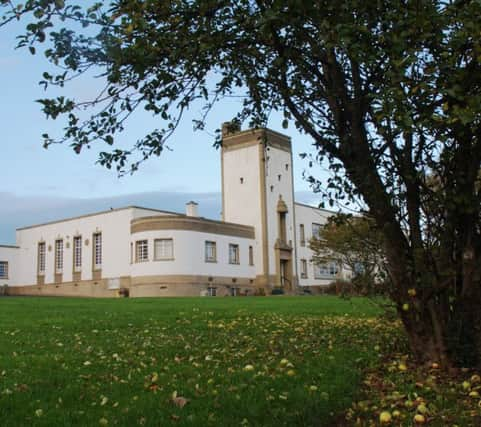Borders pupils don’t lose out on classroom time


For some primary school pupils the contact time they have with teachers is 1000 hours a year, for others it is 851 hours a year. At secondary level the best teacher contact time was 1,100 hours per year for pupils, the worst 855 hours.
Scottish Borders Council pupils are at the top end of the teacher contact scale - primary pupils getting 975 hours per year and secondary pupils averaging 1072 hours a year.
Advertisement
Hide AdAdvertisement
Hide AdA spokesperson for Scottish Borders Council said: “As part of the change over to the Asymmetric Week in 2014, we listened to parents who expressed a desire that there should be no reduction in teacher contact for pupils in the Scottish Borders. By realigning start and finish times across the school week, we have continued to maximise teacher contact recognising the importance of this to our learners.
“We continue to provide more contact than most local authorities across Scotland and the high standards achieved in this month’s exam results shows that this commitment is reaping rewards for our young people.”
Research by Reform Scotland, the independent think tank, revealed the variance in school contact hours offered by different local authorities and is calling for much more transparency for parents.
Aberdeenshire Council and West Dunbartonshire Council offer the most teaching time in Scotland, with 1,000 hours per year in primary school and 1,100 hours per year in secondary school.
Advertisement
Hide AdAdvertisement
Hide AdMoray offers the least primary school time, at 851 hours, while Dundee and Midlothian offer 855 hours of secondary school teaching.
Over seven years of primary education and five of secondary education, Reform Scotland say the differing teaching times add up to a difference of over 1,000 hours of primary teaching time and more than 1,200 hours of secondary teaching time.
At both primary and secondary level, this equates to over a year of teaching time. In other words, children in some parts of Scotland receive two years less state education than in other parts of the country.
Reform Scotland’s research director Alison Payne said: “We were surprised by the huge variation in hours exposed by our findings.
Advertisement
Hide AdAdvertisement
Hide Ad“We do not object to the variation in hours per se, because we believe that local authorities, and indeed individual schools, should have more control over their operation.
“However, we strongly object to the lack of transparency which appears to prevent parents from gaining full knowledge of this situation.
“It is unfair, unequal and wrong, because it prevents parents from making choices with the full information.”